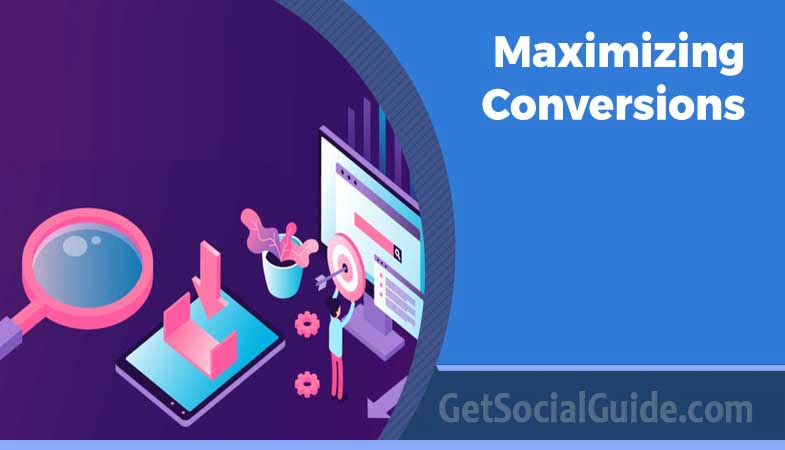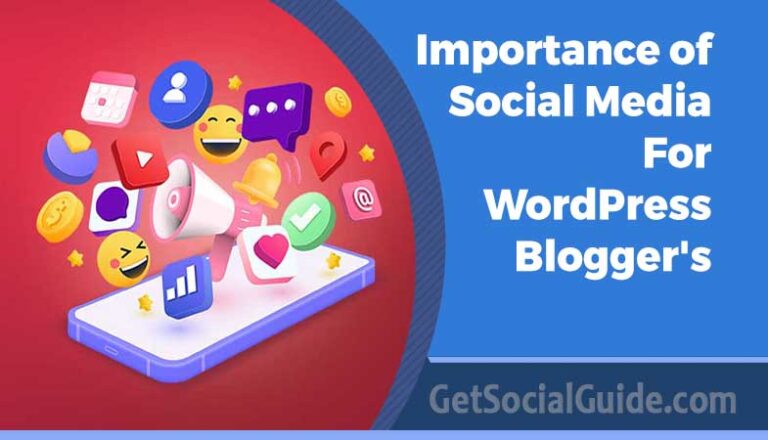Maximizing Conversions: Effective Call-to-Action (CTA) Strategies
Introduction:
CTAs are frequently overlooked in the fields of web design and marketing. They do, however, have a significant influence on how website visitors behave. In this article, we’ll look at the key components of good CTAs and show you how to design CTAs that may raise conversion rates as well as click-through rates.
What does the term “Call to Action” (CTA) refer to?

A call to action, or CTA, is a clickable element that is purposefully created to persuade people to perform a particular activity. These actions can range from downloading reports and registering for websites to making purchases and subscribing to newsletters. CTAs are a critical part of inbound marketing strategies since they play a significant role in turning visitors into qualified leads. CTAs can be a button, a banner with an alluring image, or a simple text link, among other formats. Each CTA is designed to drive visitors to a landing page that is appropriate for their intended action, where they may complete it.. In order to prevent any potential annoyance and to ensure a flawless user experience, it is crucial to match the CTA with the visitor’s expectations. To ensure a seamless user experience, it’s imperative to match the CTA with the visitor’s expectations, preventing any potential frustration. We’ll delve deeper into this aspect in a future post. Explore the professionally designed options available through Google site templates to simplify your path to web development excellence.Visitors to your website has some expectations when they visit, whether they want to learn more about a product, find out more information, make a purchase, or just have fun.
A CTA button’s efficacy depends on how well it can express its intended message. Designers employ the idea of “affordance” to make sure users can identify CTAs based on their design right away. A well-designed CTA eliminates any doubt by not just standing out physically but also indicating that it can be clicked. Mobile users especially need to have this clarity because they do not have the luxury of a hovering cursor. The visual design of an interactive feature on a smartphone is the key indicator. Therefore, it is crucial to design CTAs with perfect affordance in order to keep mobile consumers and boost their engagement.
Mobile User Experience (UX) and CTAs
The design of CTAs for mobile devices is much more crucial because mobile users’ browsing habits differ from those of desktop users. Google site templates offers a range of professionally ready-made designs for mobile users. Users that are on the move must navigate while doing things like waiting for a bus, walking down the street, or shopping. Mobile devices require more tap accuracy, thus it’s critical to understand user behavior in these circumstances. A significant percentage of smartphone users, typically using their right hand, carry their smartphones in one hand, according to study. This knowledge gave rise to the concept of the “Thumb Zone,” which stresses how the size of items and devices significantly affects usability.
Tips for Creating Exceptionally Powerful CTAs
To create CTAs that users can’t help but click, we collected ideas from UX experts around the globe. What are their top five suggestions?
Make Your CTA Visible by
- Position your CTA above the fold, particularly for important actions like adding items to the cart.
- Make it stand out and attract attention by using contrasting colors.
- Give the button plenty of room around it to indicate interactivity.
- If you have several CTAs, use a bolder color to draw attention to the main one.
Develop a CTA That Is Simple to Recognize
- Make sure your CTA adheres to the affordance principles and looks like a CTA.
- Use heatmap tools to monitor actual clicks to gauge effectiveness.
- A CTA that is simple to recognize has a shape that denotes matching the looks of your brand while serving its purpose.
Deliver a Direct Message
- Your CTA’s language should be impeccably clear, compelling, and cohesive and directly state the purpose and benefit of the button to the user.
- When appropriate, emphasize time-limited offerings or limited supplies to evoke a sense of urgency.
Use a CTA that is accessible
- Use touch design concepts to make it simple to click on your CTA.
- When choosing the appropriate size, take into account the average finger width (10–14mm) and fingertip (8–10mm).
- Make adjustments to your CTA to meet the tastes and requirements of your audience. As an illustration, Barkbox provides two CTAs on its homepage to cater to various user intentions.
Be sure the CTA is reassuring
- To reassure users, a CTA click should result in a visual or audio confirmation.
- Make it clear that acts can be undone, helping to build user confidence and ease their aggravation.For instance, Netflix’s anytime cancellation policy promotes user confidence and boosts conversion rates.
Conclusion
Now that you have the information needed, you can create CTAs that work well for your website, mobile site, or app. Understanding your consumers’ objectives and their browsing context will help you fine-tune your designs and create effective CTAs. It’s important to strike the appropriate balance when using CTAs because too many can have a lessening effect. As you complete this voyage, keep in mind the time-tested maxim: test, test, test! A detailed analysis of CTA optimization and A/B testing can help you be better able to make decisions that will boost the success of your CTAs. By following these suggestions when developing CTAs, you can improve the efficiency of your digital systems by attracting attention, boosting user engagement, and facilitating modifications.



